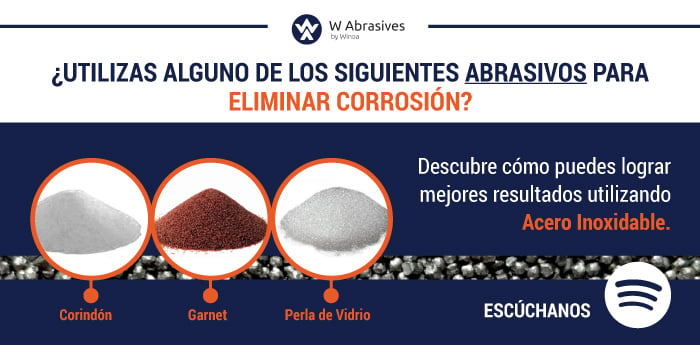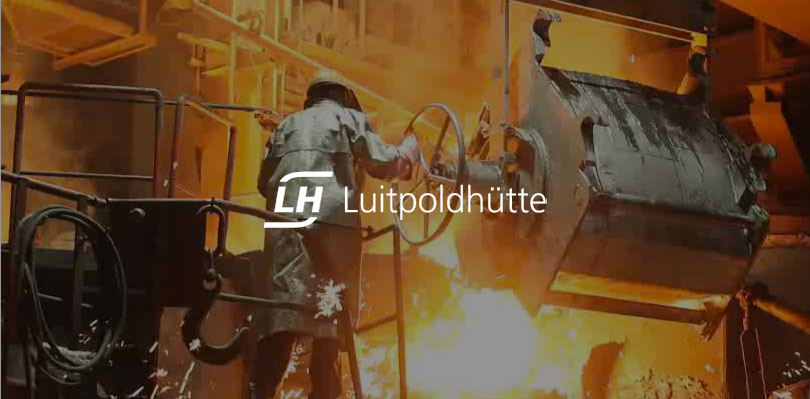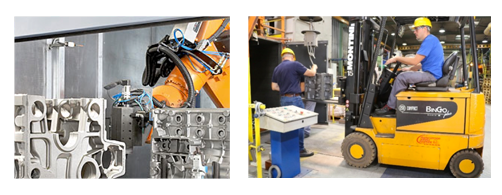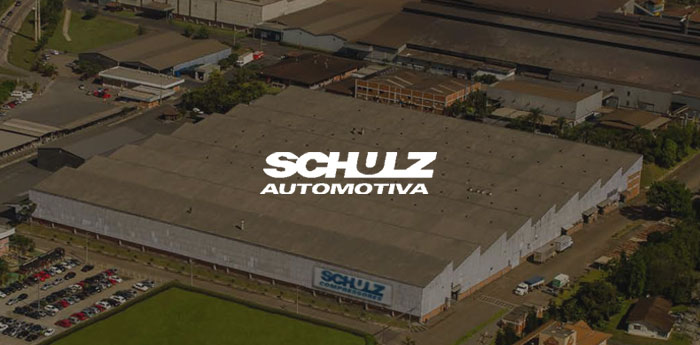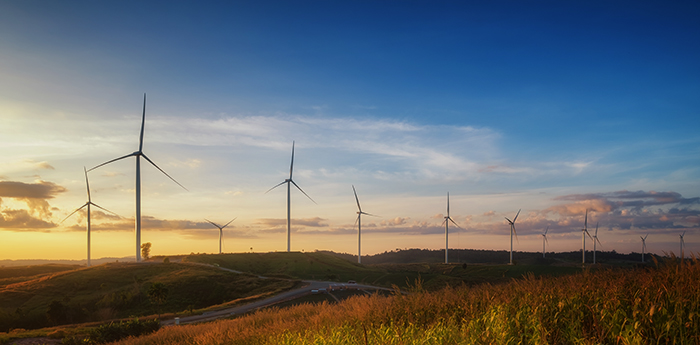El proceso de granallado o sand blast, también conocido como sandblasting, es una técnica industrial de limpieza y preparación de superficies que implica la proyección de partículas abrasivas a alta velocidad mediante el uso de equipos especializados. Esta técnica se utiliza para eliminar suciedad, óxidos, pintura antigua, recubrimientos no deseados y otras impurezas de diversas superficies.
Los productos utilizados en el proceso de sand blast incluyen granallas metálicas, arena u otros tipos de abrasivos, que son proyectados con fuerza sobre la superficie a tratar. Estos abrasivos impactan contra la superficie y eliminan las capas no deseadas, dejando la superficie preparada para recibir nuevos recubrimientos o pinturas.




